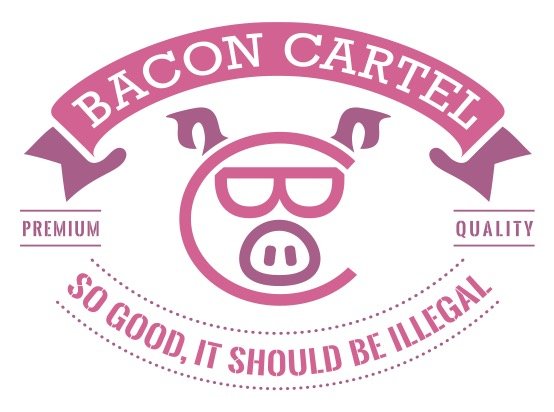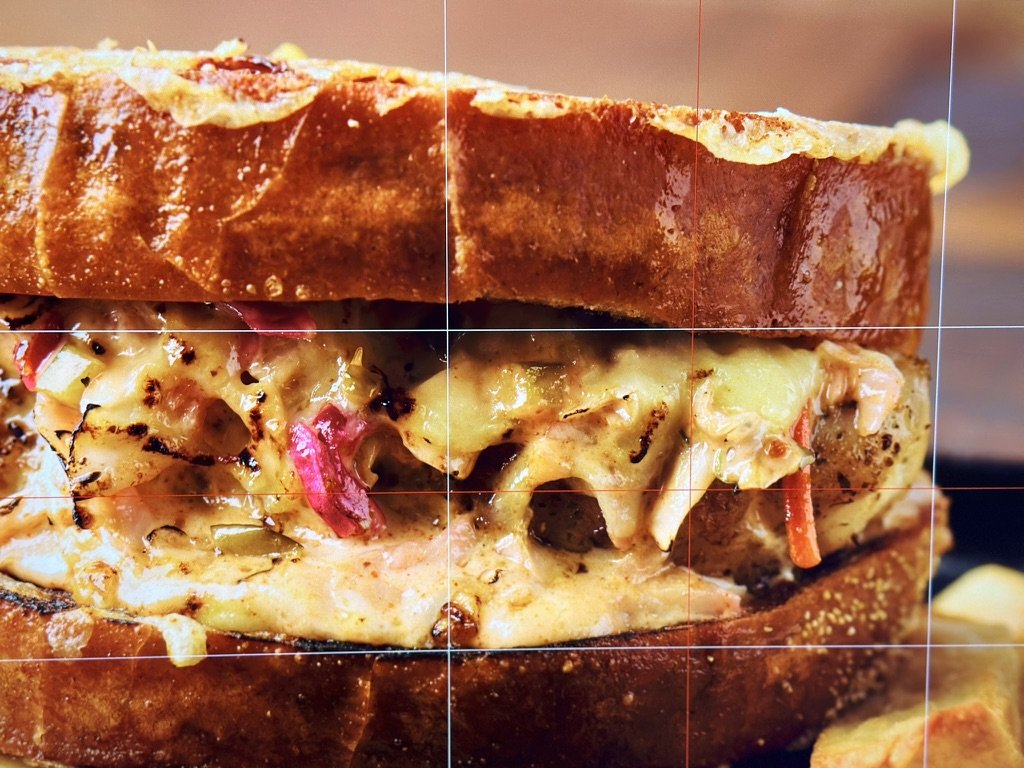Sunshine State Secrets: Unraveling Florida's Culinary Quirks & Conundrums!
I have to admit that, growing up in Florida, I never had that sense of "my home!" What do I mean by that? Simple, When people move from New York, for instance, they are diehard New Yorkers! When I traveled, I never thought saying I was from Florida was hip or Kool. I was actually embarrassed to tell people that I was from Florida. I mean, come on, zombie bath soap face-eating people! How about those "hangers" or "chads" from that election? What about all those "Florida man...did this" in the news?
As a chef, I have always wondered what Florida is known for besides the BSC! Hear me before you start blasting your emails about what is genuinely Florida. If I say cheese steak, what city instantly comes to mind? If I had to say deep-dish pizza, what city or cities would you say? Last one, how about redfish being blackened? I have always struggled to determine what Florida is known for regarding cuisine. Are we known for Key Lime Pie? Hell, do we even grow Key Limes in the State? If you do a Google search, you will find the University of Florida chimes in on the topic, which is quite eye-opening. "The Key lime was carried by the Arabs across North Africa into Spain and Portugal and was brought to the Americas by Spanish and Portuguese explorers in the early part of the sixteenth century (Ziegler and Wolfe 1961). The lime became naturalized throughout the Caribbean, the east coast of Mexico, Central America, tropical areas of South America, and the Florida Keys. Commercial production in Florida in Orange and Lake Counties was evident by 1883. Later, small commercial plantings occurred in the Florida Keys (~1913 to 1926) and Miami-Dade County (1970s to early 2000s). Today, there is little to no commercial Key lime production in Florida, although it remains a popular home landscape fruit tree.
Key limes are grown in warm subtropical and tropical regions. Major producing countries are India, Mexico, Egypt, and various countries in the West Indies." According to the website https://edis.ifas.ufl.edu/publication/CH092#. So, Key Limes was brought here rather than from Florida. Our quest marches forward. We are a peninsula surrounded by three sides of water. Our climate varies from Key West in the south and the Panhandle to the North. After living in this State for over fifty years, I discovered we have a peach season. Mind you, the peach season is as long as a brain fart.
I narrowed down my search on Google. I typed, "What is Florida cuisine?" and found a blogger with the answer. According to https://www.tastingtable.com/1218051/iconic-florida-foods-you-need-to-try/, here is what Florida cuisine is. Number one is Key lime pie - um, Key Limes are not even grown in Florida! Number two is the Cuban sandwich. Call me crazy, but the name states CUBAN, not FLORIDIAN. Number three, Stone Crab Claws, okay from Miami, used to be dirty food back in the day. Apalachicola Oysters comes in at number four. As a Floridian and a chef, I stay away from these guys as our waters are not the cleanest—number five lists pink shrimp as a Florida shrimp. I have to dive deep into this one.
Vannamei are a type of shrimp. They come from Indonesia and are, for me, flavorless. Pink Shrimp or Brown shrimp are "shrimpy" in flavor, and Florida is known for peel-and-eat shrimp loaded with butter and cajun spice. How does that make it Floridian cuisine? Fried Grouper sandwich or, as we know it, Grouper Rueben. It can be fried or grilled. The fish is commonly served on grilled rye bread with cole slaw, Swiss cheese, and Thousand Island dressing. It is a swap-out sandwich. Take the sauerkraut from the OG Rueben and the corned beef, add the grouper and the slaw, and there you have it. How is that Floridian Cuisine? Sour Orange Pie comes in at number seven.
Let me know if you are from Florida and your grandmother made this pie. I have never heard of or seen this pie before! Now that I live on the West Coast, this is a Tarpon Springs thing, not a Florida thing, a Greek Salad with potato salad. Yes, there is a story of why, but I still don't understand it. The next one is a Manhattan Clam Chowder, not Minorcan Clam Chowder. This chowder is from St. Augustine, Florida, and adds the Datil pepper to it. It also comes from the Spanish colonization of Florida, so is it truly Florida? The Pan con Minuta - the fried fish sandwich, comes in at ten. Is this Florida cuisine?
Rum cake and conch fritters are next. Let me say that these two are NOT Florida at all! Fried gator bites, okay, maybe, but can't you get a gator Po boy in Nawlins? Rounding the bottom of this article, I am researching the following: The Frita Cubana, Guava Pastelito, Ceviche, and Dole Whip (what the hell is that). Let's take the last one because it is funny. Dole partnered with Disney in the 70s and developed this iconic drink for...wait for it, the tiki bar at, you guessed it, Disney Land. Wait, if my memory serves me correctly, Disney Land is in California, and Disney World is in Florida; how does that...
If you type in "What is Florida cuisine?" the first thing that pops up is a Wikipedia definition. It states, "Floribbean cuisine is a fusion cuisine found in Florida. It is influenced by Caribbean cuisine, Cuban cuisine, Jamaican cuisine, Puerto Rican cuisine, Haitian cuisine, and Bahamian cuisine." Growing up, I was blinded by the notion that my State had nothing to offer. I felt that my State provided nothing to the culinary world. If you think about where you would want to go on a culinary journey, is Florida one of the places you want to eat? It wasn't until recently that I figured out what the cuisine of my great State is. There is not one definitive answer that anyone can come up with. What I love about the cuisine of my State is that there is no clear-cut definition of our cuisine. Florida is a state that is transient at best. We have had such an influx of people from so many cultures that they have defined what Florida cuisine is.
When Florida was being developed, and the railroad was being built, we had an influx of slave labor, and with that came some incredible cuisines. Throughout Florida's rich history, we have had so many culinary defining moments, and I lived through one of the biggest and was so fortunate to be a part of it. The year was 1981. The Iran Contra thing was in full swing. Cocaine was also a hot import, and Cuba opened its prisons, and people came by the thousands. I remember being a teenager and seeing the tent cities under the 836 and the 826. When people ask where I am from, I always say, "North Cuba! AKA Miami!"
To me, Florida is a true melting pot of the world. There is no Chinatown or Little Korea. We have parts of Florida known for a particular influx of people. Take Carol City or Overtown, known for its Haitian population. Southwest 8th Street in Miami is known as Little Havana. Every year, the US celebrates Latin Heritage Month from September 15th to October 15th. I get to celebrate it every day.
Today, I embrace the influx of cuisines and cultures to Florida. I find that ethnic cuisine is full of flavor and taste-bud-blowing. Chef Anthony Bourdin said best: "When someone cooks for you, they say something about themselves. They tell you who they are, where they come from, what makes them happy." I genuinely believe this to be so true. When you eat at a restaurant specializing in their country's cuisine, embrace what they cook for you. We should never have a cuisine assimilate itself so much that it loses its origin. The reason why we travel is to try new things and see unique places that we have just read about. Why should we eat American food in Paris? As Americans, we have this notion that we know what a country is known for by its cuisine.
Is that true? Take, for instance, the national dish of Jamaica. Is it Jerk? Nope, not at all. Ask someone from Jamaica, and they will tell you. We have chefs like Michelle Brienstein, who comes from a Cuban-Jewish background, and she has given us Jewban cuisine. Locally, we have Chef Norman Van Aken/Chef Allen Susser, who created "Floribbean cuisine." Floribbean cooking takes cuisine from the Caribbean/South America/Central America/ West Africa. It combines the natural resources of the land and the techniques they have learned from other cultures to create these excellent flavor meals we see today. One of the most American cooking styles is from a little island in the Caribbean. The Taino are indigenous to Puerto Rico and developed a cooking method called Barbacoa, which is not the beef cut but the actual cooking method. The word later became the word we know today as Barbecue or BBQ. Some great, talented chefs have embraced this cuisine and are doing things that would excite your taste buds into a frenzy! How about a guava and cheese rugelach? How about Latin spiced pink shrimp/ Florida fresh corn grits/Florida goat cheese/blistered Florida tomatoes? Have you ever wondered how Jerked Cantonese duck would taste? Well, in Miami, you could find that.
In honor of Latin Heritage Month, we all should embrace the authentic cuisine of Latin America and try something so different that you may find something you love. We may not have the Philly cheese steak, the NY pizza, or the cheesecake, but we have so much flavor that the rest of the country has never had or will have. It is time that Florida makes its mark as a culinary Mecca!

